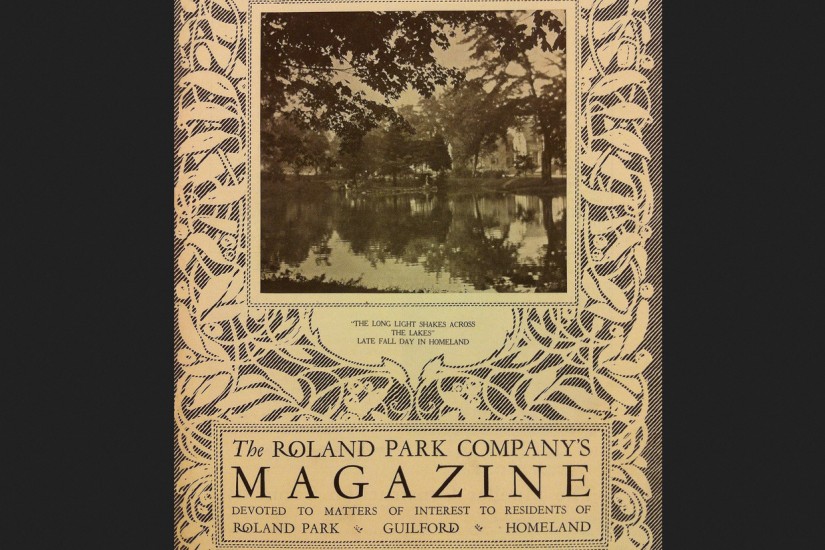As early as 1893, Bouton wrote to his lawyers to inquire about the legality of using racially restrictive covenants in the Roland Park Company’s housing deeds. His lawyers told him that such a clause would be illegal. But in 1910, Bouton banned black people from purchasing the Roland Park Company’s homes anyway.
“He did so for competitive reasons: with rival suburbs rising in numbers, he wanted Roland Park and Guilford to be known as the most exclusive in the city,” journalist Antero Pietila wrote in his 2010 book Not in My Neighborhood: How Bigotry Shaped a Great American City.
In 1913, Bouton banned home sales to Jews, which Pietila believes demonstrated that “a belief was taking hold in real estate that Jews, in addition to blacks, were bad for property values.” And so Roland Park, Guilford, and Homeland became some of the first American neighborhoods to use racially-restrictive covenants in their housing deeds.
According to Glotzer, when Roland Park was constructed, a small number of black residents who lived on the land were evicted. They migrated down the hill, where they settled in the community of Cross Keys. Many of them returned to Roland Park later—as domestics working in the mansions. In 1908, after a dog bit a boy in Roland Park, an armed volunteer watchman descended the hill to Cross Keys, where he shot and killed four dogs.
The Roland Park Company was so devoted to ensuring that their neighborhoods remain racially pure that they employed a private investigator whose job it was to evaluate the racial fitness of prospective homebuyers. Edith McHenry, known as “the female investigator,” would arrive unannounced at the houses of prospective Roland Park Company homebuyers to observe their habits and appearances.
